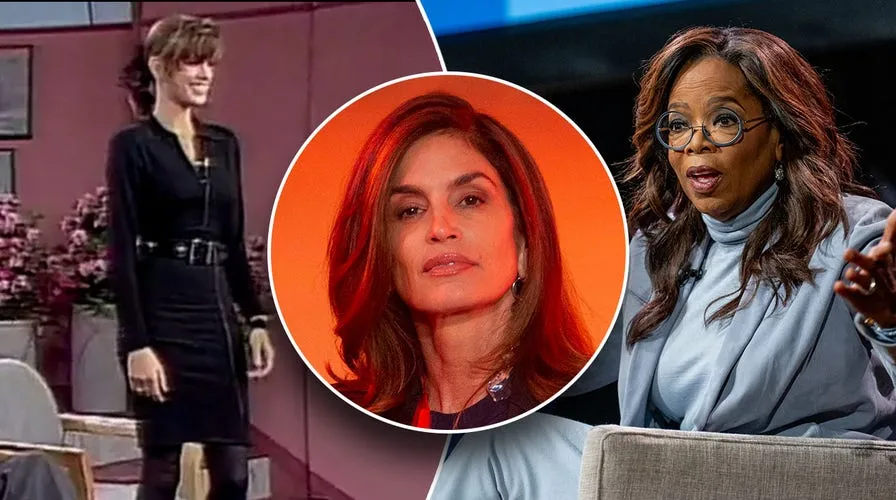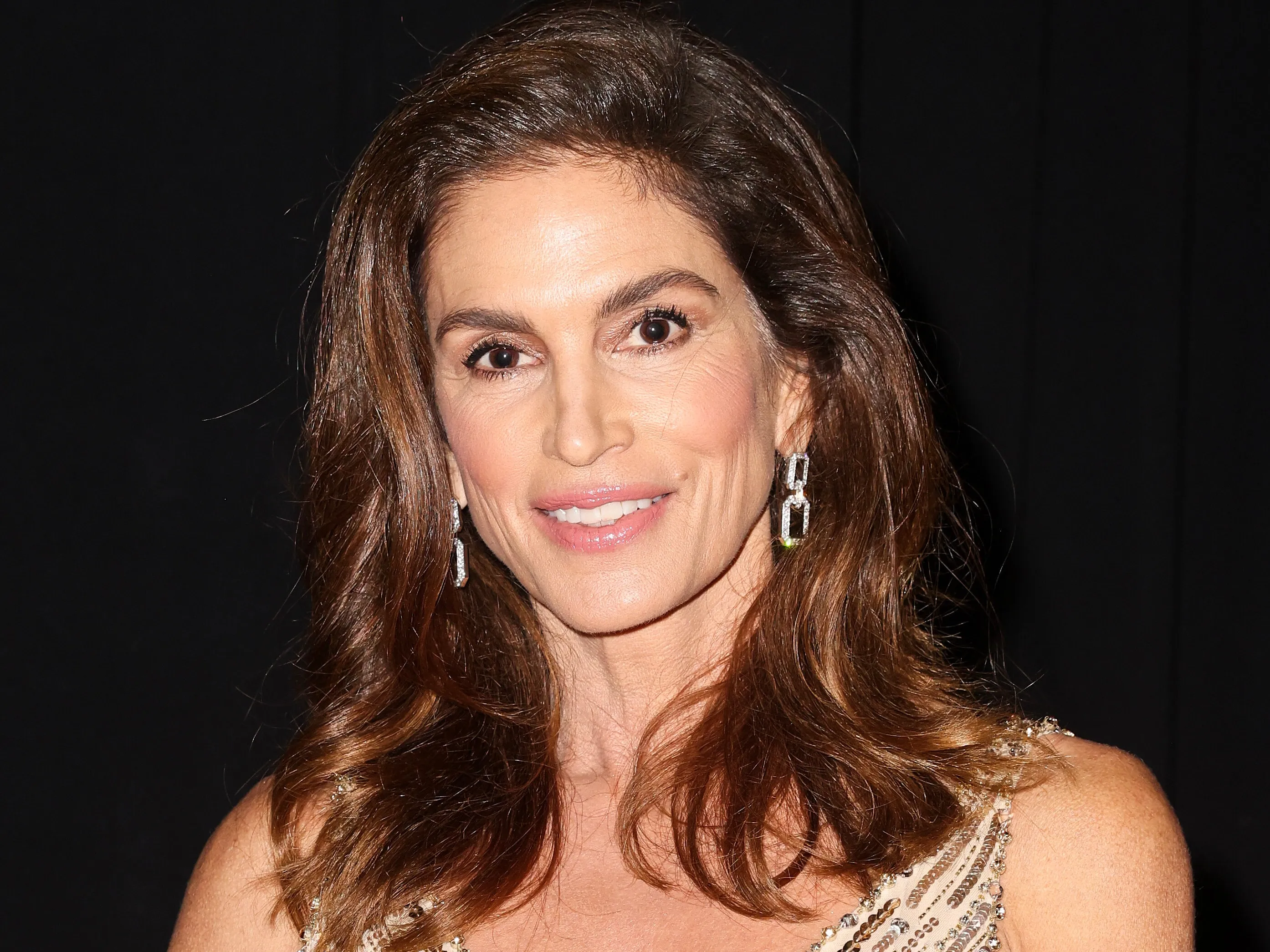Cindy Crawford REVEALS OPRAH WINFROW’S HORRIBLE WOKHI SCHEDULE – Finally, Karma Has Knocked On Her Door!!!! | HO
Cindy Crawford recently spoke about her experience on “The Oprah Winfred Show,” highlighting a moment she now considers inappropriate. During a 1986 appearance, when she was still a young model, Oprah asked Crawford to stand up and show off her body, commenting on her physique in a way Crawford now considers objectifying.

Cindy Crawford recently opened up about her experience on The Oprah Winfrey Show in 1986, shedding light on a moment she now considers problematic. At the time, Crawford was just 20 years old and starting her career as a young model. During her appearance, Oprah asked her to stand up and show her body to the audience. While this moment may have been considered relatively normal in the media age, Crawford now recognizes the interaction as objectifying and inappropriate.
Reflecting on the experience, Crawford said, “When you look at it in today’s day and age, when Oprah says, ‘Get up and show me your body, show us why you deserve to be here,’ it feels very uncomfortable.” Looking back, Crawford sees it as a moment where the situation was exposed, objectified in front of millions of viewers without fully realizing the implications of the situation at the time.
The interview has resurfaced amid discussions about the media treatment of young talent and the power dynamics between celebrities and influencers like Oprah Winfrey. Winfrey, despite her reputation as a media mogul and pioneering philanthropist, has faced much criticism in recent years for the way she handles interviews, often delving too deeply into personal matters or making her guests feel uncomfortable.
Crawford’s comments opened a larger conversation about Oprah’s past behavior, particularly her approach to interacting with young celebrities. Throughout her career, Oprah has been praised for her empathetic and compassionate style of interaction. However, several instances have been criticized for crossing boundaries or delving too deeply into sensitive areas.

For example, one of Winfrey’s most controversial conversations was with Michael Jackson in 1993. During that conversation, she directly questioned Jackson about his changing skin tone and multiple cosmetic surgeries. Jackson, who suffered from vitiligo (a condition that causes the skin to lose pigmentation), was visibly uncomfortable with Winfrey’s questions. Some argue that this line of questioning was intrusive and insensitive to Jackson’s personal struggles with a health condition.
Similarly, actress and comedian Mo’Niquє has been one of Oprah Winfrey’s most vocal critics. Mo’Niquє accused Oprah Winfrey of treason after Winfrey invited her estranged brother, who had allegedly sexually assaulted her as a child, onto her show without her consent. This incident hurt Mo’Niquє, who felt that Oprah had crossed an important personal boundary. This had wider repercussions, as Mo’Niquє publicly denounced Oprah for what he considered hypocritical and harmful behavior.
Some critics have gone so far as to accuse Oprah of advancing what they call a “labor agenda”—an approach that superficially embraces progressive ideals while perpetuating harmful power dynamics. Oprah’s vast influence, personal wealth, and positioning as a media spokesperson have led many to scrutinize the contradictions in her actions. While she is often praised for her role in elevating black voices and advancing narratives of power, examples like her treatment of Crawford and Mo’Niquє have led to a reevaluation of her legacy.

Oprah has also been criticized for her relationships with influential Hollywood figures, some of whom have been involved in serious controversies. For example, her friendship with convicted sexist Harvy Winstin and her decision to give platforms to figures like Russell Simmons and R. Killy despite their problematic histories have attracted attention. These connections have led to questions about the consistency of Oprah’s values and her commitment to using her platform for good.
Cindy Crawford’s reflection on her past treatment by Oprah speaks to a broader shift in how we view the media and the treatment of women, particularly young women, in the public sphere. In the 1980s and 1990s, it was common for female celebrities to be reduced to their appearance, with their bodies openly criticized in ways that are now widely considered inappropriate. Today, there is a growing awareness of the harm caused by objectification, and media figures are being held to a higher standard in how they conduct their interactions and treat their clients.
As society becomes increasingly aware of issues surrounding free speech, objectification, and power dynamics in the media, moments like the one between Crawford and Oprah are being reexamined. Cindy Crawford’s experience on Oprah Winfrey is just one example of how media culture of the past often placed women, especially young women, in uncomfortable and compromising positions for the sake of it.
Despite the criticism, Oprah Winfrey remains an extremely influential figure. Her work in education, particularly with her Leadership Academy for Girls in South Africa, and her efforts to promote personal growth through her platform, have left a lasting mark on society. However, these recent critiques force a re-evaluation of her methods, particularly the way she might wield her power in the media world. As other figures such as Cindy Crawford have pointed out, Oprah Winfrey’s legacy could come under greater scrutiny, particularly in a context where questions of respect, consistency and autonomy are at stake.
increasingly present. This moment with Cindy Crawford reminds us of the importance of re-evaluating historical behavior in light of changing societal values and of holding the most influential figures accountable for their actions.